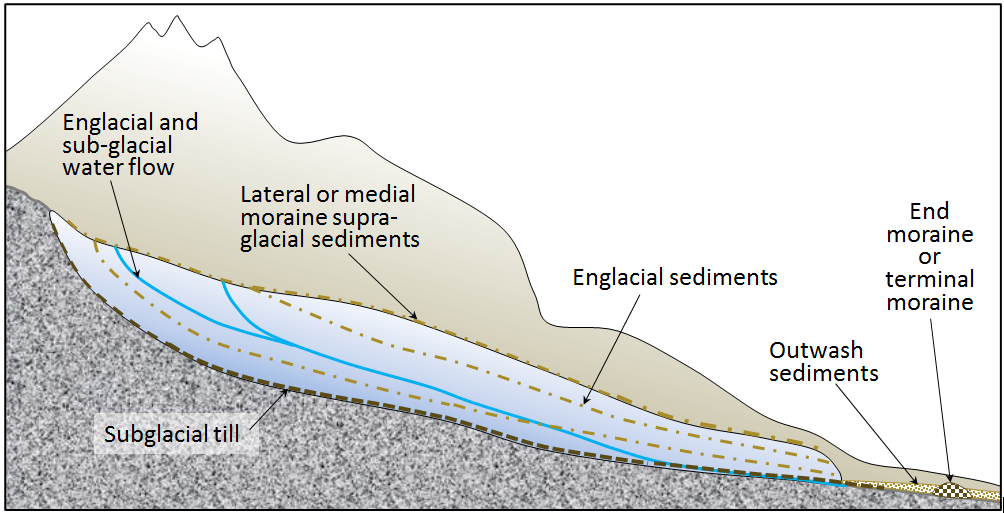@WFS,World Fossil Society,Riffin T Sajeev,Russel T Sajeev
Many methods of dating glacial sediments
As glacial geologists, some of the biggest questions that we’d like to answer are not only how large former ice sheets were, but also how fast did the recede and how quickly did they thin? This information is vital for numerical models, and answers questions about how dynamic ice sheets are, and how responsive they are to changes in atmospheric and oceanic temperatures.
Unfortunately, glacial sediments are typically difficult to date. Most methods rely on indirect methods of dating subglacial tills, such as dating organic remains above and below glacial sediments. Many methods are only useful for a limited period of time (for radiocarbon, for example, 40,000 years is the maximum age possible). Scientists dating Quaternary glacial sediments in Antarctica most commonly use one of the methods outlined below, depending on what kind of material they want to date and how old it is.
Cosmogenic nuclide dating is useful for directly dating rocks on the Earth’s surface. It gives an Exposure Age: that is, how long the rock has been exposed to cosmic radiation. It is effective on timescales of several millions of years. It assumes that boulders have not been buried and then re-exposed at the Earth’s surface.
Radiocarbon dating dates the decay of Carbon-14 within organic matter. Organic matter needs to have been buried and preserved for this technique. It is effective for up to the last 40,000 years. It assumes that organic material is not contaminated with older radiocarbon (which, for example, is a common problem with organic material from marine sediment cores around Antarctica).
Amino Acid Racemisation dates the decay and change in proteins in organisms such as shells.
Optically Stimulated Luminescence dates the radiation accumulated in quartz or feldspar grains within sand. The radiation emanates from radioactive grains within the sediment, such as zircons. It is effective for hundreds of thousands of years, and dates how long the sediment has been buried.
Other methods of dating glacial sediments
There are so many other methods of dating Quaternary sediments and organic material that it is impractical to cover them all here in detail. Uranium-series uses the decay of uranium and thorium isotopes (238U, 235U and 232Th) in calcites in particular, such as stalactites and stalagmites in caves. Potassium-argon and argon-argon dating can be used to date the formation of volcanic rocks.
Older marine sediments can be dated using palaeo-magnetism. This is because the earth’s magnetic field varies in strength and polarity direction. This is caused by a number of factors, including variations in solar radiation, magnetic storms, and internal geophysical factors. Unconsolidated sediments contain magnetic minerals, such as those on the continental shelf and slope. These minerals are magnetised during formation. The remnant magnetism of the sediment is a reflection of the earth’s palaeomagnetic field at the time of deposition. The sediments can be compared to palaeo magnetostratigraphic data, and this can be used as a proxy age determination.
Source: Article By
@WFS,World Fossil Society,Riffin T Sajeev,Russel T Sajeev



 January 12th, 2019
January 12th, 2019  Riffin
Riffin 
 Posted in
Posted in  Tags:
Tags: 